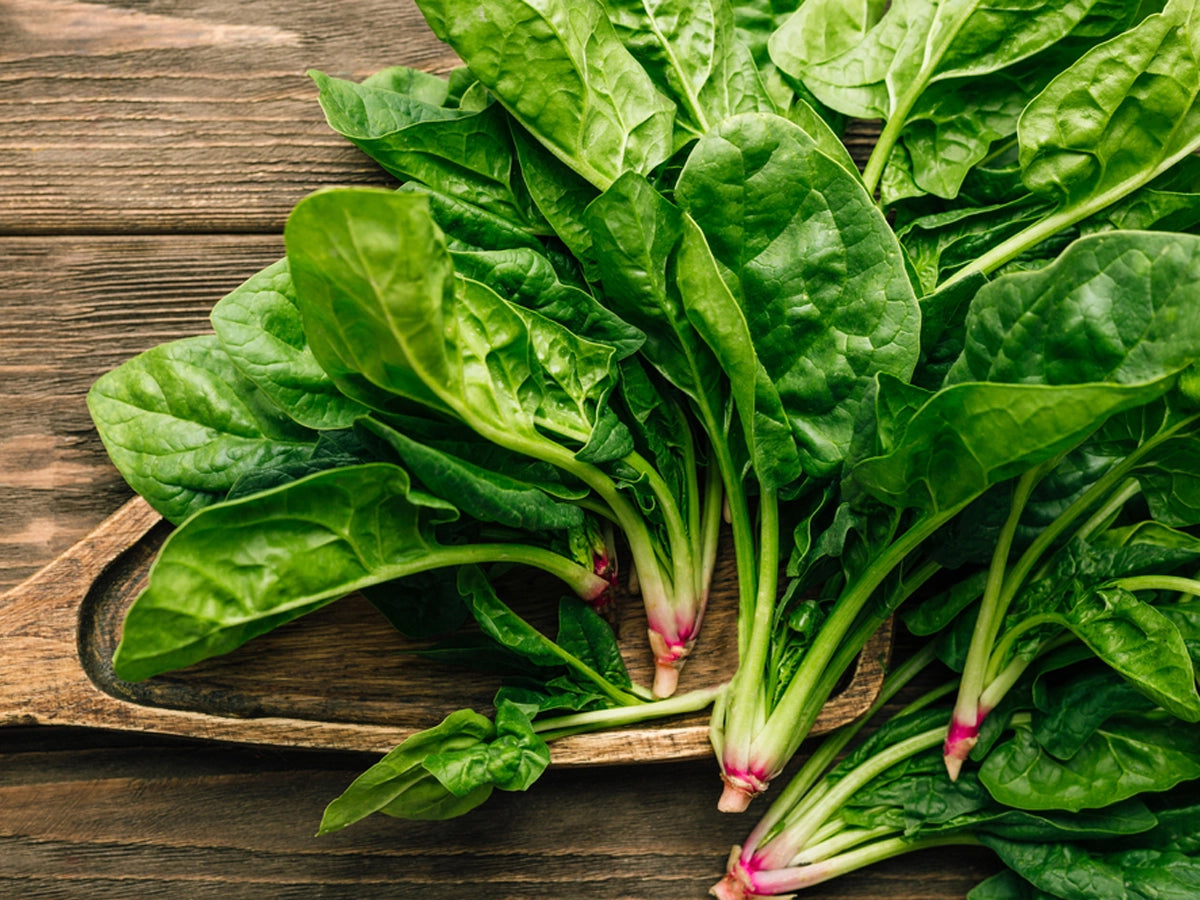Introduction:
Spinach (Spinacia oleracea) is a nutrient-rich leafy green vegetable with a rich history of cultivation and use in diverse cultures. Renowned for its health benefits and versatility, spinach remains a staple in diets globally.
Nutritional Profile:
Spinach is a nutritional powerhouse packed with essential nutrients. Here’s an overview of its key components:
Vitamins:
Vitamin A: Supports healthy vision, immune function, and skin health.
Vitamin C: Boosts immune response, aids in iron absorption, and promotes skin health.
Vitamin K: Essential for bone health and proper blood clotting.
Folate (Vitamin B9): Crucial for DNA synthesis and cell division, especially important during pregnancy.
Minerals:
Iron: Essential for hemoglobin formation and energy generation.
Calcium: Strengthens bones and aids muscle function.
Magnesium: Supports muscle and nerve function and enhances energy production.
Antioxidants:
Lutein and Zeaxanthin: Shield the eyes from damaging light and promote optimal eye health.
Fiber:
Enhances digestion, prevents constipation, and fosters a healthy gut.
Health Benefits:
Spinach provides numerous health benefits thanks to its abundant nutrients:
Eye Health: Antioxidants such as lutein and zeaxanthin shield against age-related macular degeneration and cataracts.
Immune System Support: Vitamins A and C enhance the immune system, lowering the risk of infections.
Bone Health: Vitamin K and calcium are crucial for maintaining robust bones and preventing osteoporosis.
Digestive Health: High fiber content promotes digestion and prevents constipation.
Heart Health: Antioxidants and fiber reduce inflammation and help maintain healthy blood pressure levels.

Historical and Cultural Significance:
Spinach boasts a rich history originating in ancient Persia, where it was first cultivated. It made its way to India, China, and ultimately Europe through trade routes. In medieval Europe, spinach gained popularity for its versatility and nutritional benefits. Its introduction to the Western world is frequently credited to the Moors during the Middle Ages.
Types of Spinach:
Discover the diverse varieties of spinach, each boasting distinct traits:
Savoy Spinach: Characterized by its curly, dark green leaves and crinkly texture, perfect for salads and cooking.
Flat-Leaf Spinach: Known for its smooth, broad leaves, frequently used in processed foods and various recipes.
Baby Spinach: Tender, young leaves with a mild flavor, excellent for salads and smoothies.
Potential Risks:
While spinach offers numerous benefits, there are potential risks to consider:
Oxalates: Spinach contains oxalates that can hinder calcium absorption and potentially lead to kidney stones. Cooking spinach can help lower its oxalate levels.
Pesticides: Spinach frequently appears on lists of produce with higher pesticide residues. To mitigate this risk, wash it thoroughly or choose organic spinach.
Culinary Uses:
Spinach is a versatile ingredient in the kitchen:
Raw: Perfect for fresh salads or as a garnish.
Smoothies: Blended into smoothies for a nutritional boost.
Cooked: Ideal for soups, stews, and sautés. It can also enhance pasta dishes, omelets, and casseroles.
Stuffing and Fillings: Great for stuffing pastries, pies, and other baked goods.
Preparation Methods:
Washing: Rinse thoroughly under cold water to eliminate dirt and pesticides.
Cooking: Can be sautéed, steamed, or boiled. Cooking lowers oxalate levels and boosts nutrient availability.

Conclusion:
Spinach is a nutrient-rich vegetable that supports eye health, digestion, and bone strength. With its diverse types and culinary applications, spinach can enhance a variety of dishes. Despite its many benefits, it’s crucial to consider potential risks like oxalates and pesticide residues. By preparing and consuming spinach mindfully, you can enjoy its advantages as part of a balanced, healthy diet.
